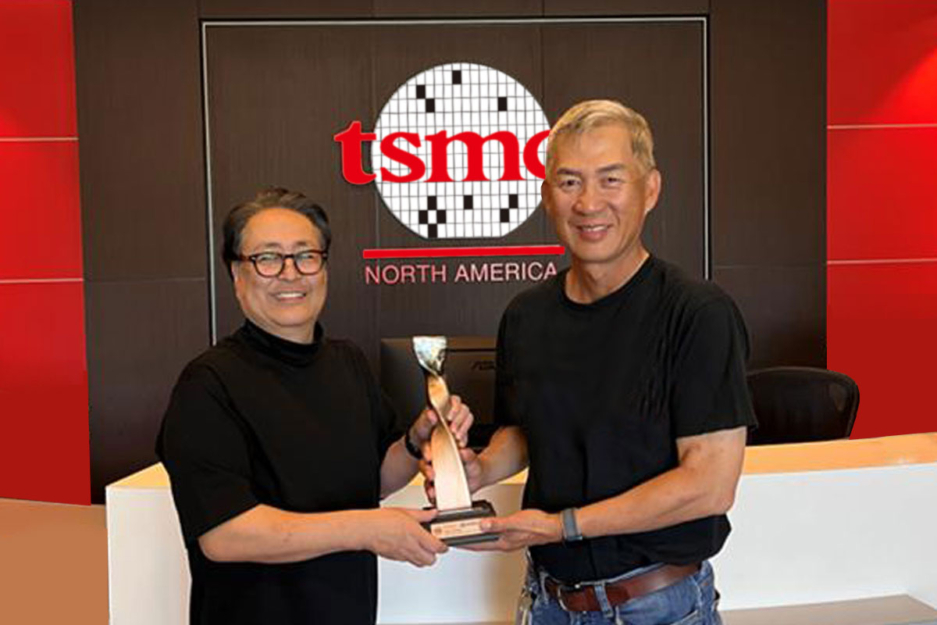
USB was groundbreaking in that command, telemetry, voice and television was transmitted and obtained on just one hyperlink. The single connection authorized surplus cables and wires to get removed from the capsule, making it lighter.
The brand new design Centre includes design, verification, and validation engineering groups that should focus on the longer term structure of Location-enabled edge smart devices.
In 1965, the Apollo Programs Application (AAP) was developed to take a look at science missions that might be done employing Apollo hardware. Much on the setting up centered on the idea of a space station. Wernher von Braun's before (1964) plans employed a "damp workshop" thought, having a expended S-II Saturn V next stage getting introduced into orbit and outfitted in Area. The subsequent calendar year AAP studied a more compact station utilizing the Saturn IB next phase. By 1969, Apollo funding cuts eliminated the potential of procuring additional Apollo hardware and forced the cancellation of some later on Moon landing flights.
With around 2MB of MRAM and one.8MB of SRAM, the Apollo4 has sufficient compute and storage to manage complicated algorithms and neural networks when displaying lively, crystal-apparent, and smooth graphics.
The following incident investigation had widespread effects. It disclosed shoddy workmanship uncovered flaws in administration procedures, and underscored discrepancies in the spacecraft’s Total layout. The assessment board suggested dozens of modifications be made to make the spacecraft safer likely forward, meaning NASA and the CSM contractor North American Aviation ended up going through a substantial redesign.
While in the aftermath of the Jan. 27 Apollo 1 hearth, on Feb. thirteen workers eliminated the spacecraft with the rocket and returned it on the MSOB so engineers could inspect the CM for virtually any feasible wiring troubles comparable to the one that triggered the fireplace. This also furnished an opportunity to destack the S-IVB as well as the S-II spacer, replacing the latter on Feb.
Having a crafted-in graphics processing unit (GPU) along with a superior doing Show driver, Apollo4 Blue Plus allows designers of subsequent generation wearables and intelligent devices to deliver far more spectacular user interface (UI) results and General user working experience. In addition, designers can securely build and deploy items confidently with our secureSPOT® technologies and PSA-L1 certification.
Present-day wearables offer you us a glance at what the longer term holds. A sensible bracelet with countless Power; a coronary heart charge band that actually works seamlessly using your exercise machines; an actual-time locale tracker on your Children; an exercise tracking tag that detects best motion; or a wise ring to help observe vitals around the clock.
“Ambiq is developing and producing a measurable effect for 13 many years, We've got constantly delivered record-low-power technologies platform and processor solutions for IoT endpoint devices,” said Fumihide Esaka, the chairman and CEO at Ambiq.
The prestigious design and style win Together with the Apollo4 Blue is a big milestone for Ambiq since it resulted from a multi-celebration collaboration with EDBI®, Excelpoint®, iWOW®, and various government organizations.
Engineers completed a series of built-in tests to organize the auto for its rollout towards the start pad. Meanwhile, within the VAB’s Significant Bay three, on March 29, employees stacked the S-IC 1st phase from the SA-502 car or truck on ML-two for your Apollo 6 mission, A different uncrewed test in the Saturn V rocket and Apollo spacecraft prepared for early 1968. Following a stack-destack-restack round at first utilizing the S-II spacer as a result of late apollo2 arrival of this S-II stage, staff concluded assembling the a few-stage rocket for Apollo six on July fourteen, marking The 1st time that two Saturn V rockets stood side by side while in the VAB.
Even though it was made as Element of the third phase, the interstage remained attached to the next phase. The third phase didn't use Considerably gasoline to get into LEO (Very low Earth Orbit), because the 2nd phase had accomplished most of the task.[eleven]
Because the descent began, Armstrong and Aldrin observed by themselves passing landmarks around the area two or a few seconds early, and noted that they ended up "prolonged"; they would land miles west in their goal point. Eagle was touring as well fast. The situation could have been mascons—concentrations of superior mass in a very region or locations in the Moon's crust which contains a gravitational anomaly, perhaps altering Eagle's trajectory.
Armstrong will later affirm that landing was his biggest worry, indicating “the unknowns had been rampant,” and “there have been just a thousand items to bother with.”

Get Smart. Use Less Energy.
Ultra-low power SoCs for IoT endpoint devices
that demand complex operations
and longer battery life.
✍ Ambiq® is committed to further improve the quality of life by enabling the intelligence of endpoints while further reducing carbon footprints. Ambiq – your partner in endpoint intelligence.
✯✯✯Based in Austin, San Jose, Hsinchu, Shenzhen, and Shanghai, our leadership and management teams consist of advocates, builders, enthusiasts, entrepreneurs, explorers, incubators, inventors, pioneers, protectors, thinkers, and visionaries. With a diverse spectrum of experiences and skillset, we came together and united with one goal to enable the true Internet of Things where the battery-powered endpoint devices can truly be connected intuitively and intelligently 24/7.
Ambiq Wins the Demo of the Year Award at 2023 TSMC Technology Symposium
September 7, 2023, Austin, TX – Ambiq®, a leading developer of ultra-low-power semiconductor solutions that deliver a multifold increase in energy efficiency, was awarded the Demo of the Year Award by TSMC as a participant of the Innovation Zone at the 2023 TSMC North America Technology Symposium.
Ambiq Wins the Demo of the Year Award at 2023 TSMC Technology Symposium
During the April event, Ambiq showcased various product design wins using TSMC’s 22nm technology in wearables, digital health, smart home, Industrial IoT, pet trackers, and retail segments, with industry-leading energy efficiency. Ambiq also featured two live demos emphasizing its leadership in enabling endpoint AI with its HeartKit™ for remote patient monitoring and its graphics display capabilities for a vivid user interface.

TSMC pioneered the pure-play semiconductor foundry business model when it was founded in 1987, helping startup companies accelerate their innovations by providing access to the industry’s leading process technologies and manufacturing capacity. Since 2021, TSMC has expanded that mission with an Innovation Zone at its worldwide Technology Symposiums, highlighting how TSMC partners with startup companies to enable cutting-edge products from various applications, including high-performance computing, communication, automotive, IoT, and consumer segments.
“We’re grateful to TSMC and our booth visitors for allowing us to share our energy-efficient technology and processor solutions with them,” said Ambiq’s CEO, Fumihide Esaka. “We’re moving towards an exciting apollo 4 frontier of AI becoming more engrained with our daily lives. With that vision on the horizon, we will continue to develop innovative and first-of-its-kind ultra-low-powered solutions that keep innovation and sustainability in mind.

Ambiq’s mission is to develop the lowest-power semiconductor solutions to enable intelligent devices everywhere by developing the lowest-power semiconductor solutions to drive a more energy-efficient, sustainable, and data-driven world. Ambiq has helped leading manufacturers worldwide develop products that last weeks on a single charge (rather than days), while delivering a maximum feature set in compact industrial designs. Ambiq’s goal is to take Artificial Intelligence (AI) where it has never gone before in mobile and portable devices, using Ambiq’s advanced ultra-low power system on chip (SoC) solutions. Ambiq has shipped more than 200 million units as of March 2023.
Ambiq Designs Low-Power for Next Gen Endpoint Devices
Ambiq’s VP of Architecture and Product Planning, Dan Cermak, joins the ipXchange team at CES to discuss how manufacturers can improve their products with ultra-low power. As technology becomes more sophisticated, energy consumption continues to grow. Here Dan outlines how Ambiq stays ahead of the curve by planning for energy requirements 5 years in advance.
Ambiq’s VP of Architecture and Product Planning at Embedded World 2024
Facebook | Linkedin | Twitter | YouTube